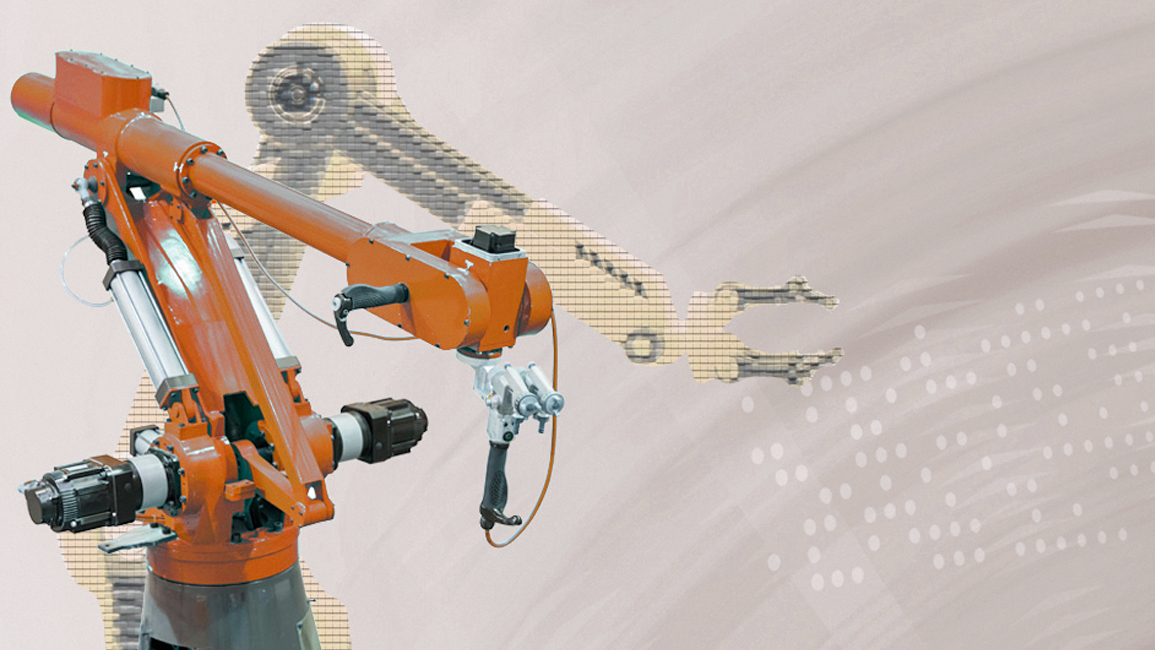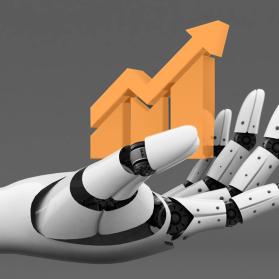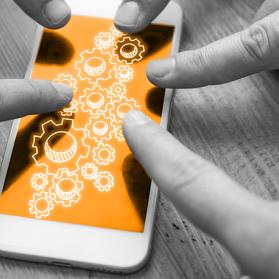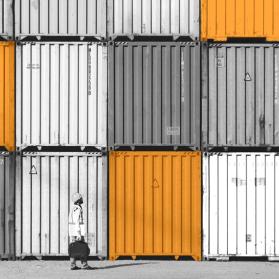The results of the Lünendonk Study showed that many companies place high hopes in new technologies, such as the Digital Twin, to increase digital efficiencies. But at the same time, the study results have shown that many companies are still uncertain about how to implement them. Hendrik Grosser, Senior Consultant at Detecon International GmbH, takes us on a journey and explains what needs to be taken into account when implementing and realizing a Digital Twin solution in order to increase digital efficiencies.
Detecon: What can the Digital Twin do?
Hendrik Grosser: The principle of the digital twin has an enormous potential for benefits. It enables the monitoring, control and simulation of physical assets, processes and services in real time and over the entire life cycle. This enables autonomous systems to orient themselves, communicate with each other and benefit from data from the Internet. In the future, entire cities and their pulsating life will be interactively experienced with virtual reality. There, things will become possible or visible that go far beyond the possibilities of reality.
How is the Digital Twin implemented?
There are several possibilities. Physical assets are often equipped with sensors that send their data to a computer or storage device. This data can be processed into a virtual model of the asset and visualized via a user interface. Numerous expansion stages are conceivable, especially with regard to interaction possibilities.
What should be taken into account during implementation?
When implementing digital twins, you have to make sure that all IoT-enabled assets speak the same language or use the same communication protocols. Companies often create digitisation islands that only allow company-wide data exchange via complex interface developments. In addition, the integration of new assets becomes very costly. Another problem is that data objects are defined differently in different areas, but transport the same information. This can be solved by developing and coordinating a uniform information model and defining a common communication standard. There are extensive frameworks, such as OPC UA, which already provide generic structures for information models and which are also specified by committees for specific industries or asset groups. Furthermore, companies should integrate all partners in their ecosystem when introducing the communication standard to ensure smooth data exchange via platforms. If interfaces are opened, the standard will also enable all companies to develop and use cloud services (such as predictive maintenance). In this way, new assets can be integrated virtually via plug&play and used by the digital twin.
What benefits does the Digital Twin ultimately have for a company, if it is implemented correctly?
If the digital twin is implemented correctly, many companies can expect enormous increases in efficiency. This eliminates interface problems throughout the entire product life cycle, errors can be detected and corrected more quickly, and systems can operate autonomously with each other. In future, humans will have the role of supervisor and planner and will only intervene in the event of malfunctions. In doing so, he can dive into three-dimensional virtual worlds, independent of location, which are enriched with information and functions in such a way that necessary actions are reduced to a minimum.
Mr. Grosser, many thanks for the informative interview!







